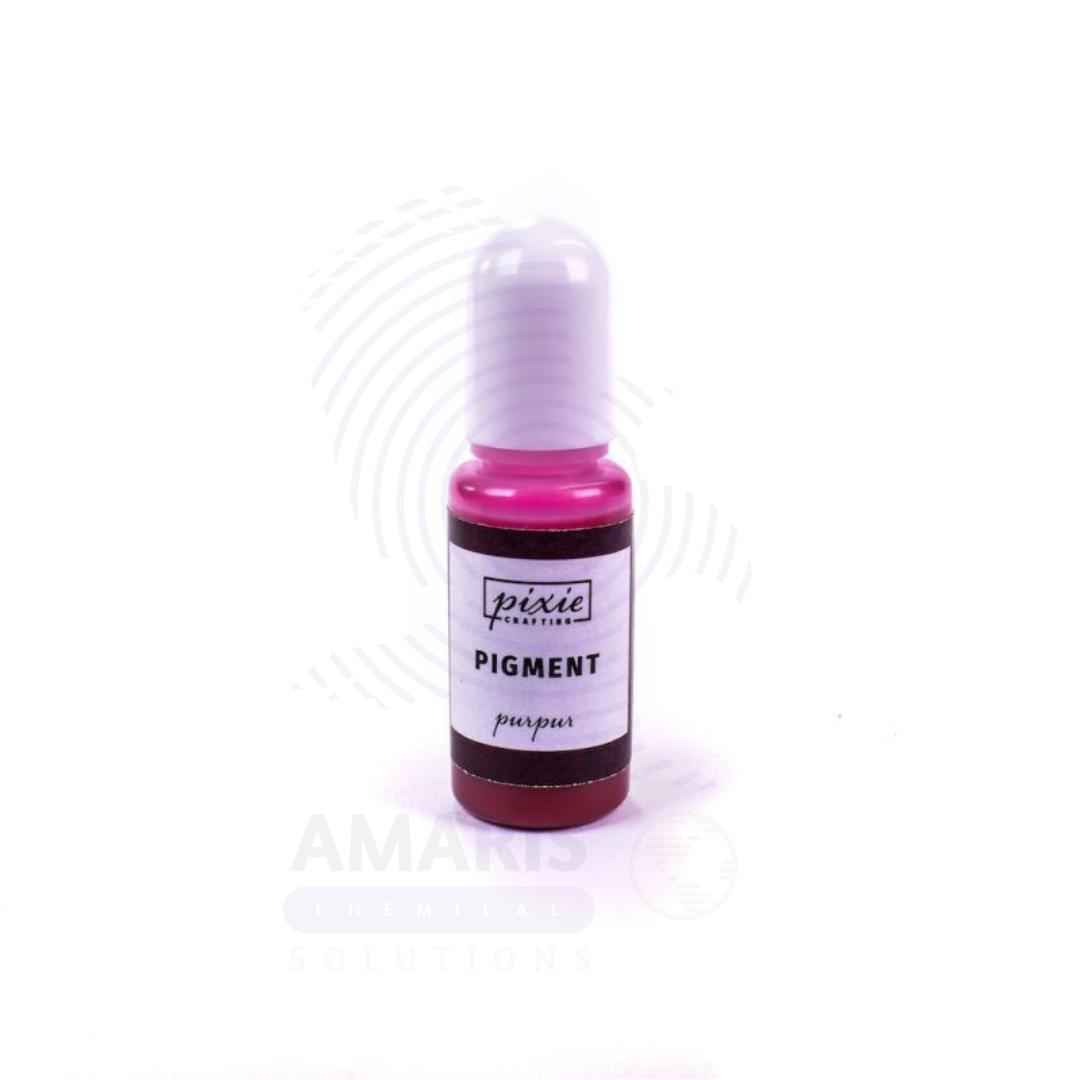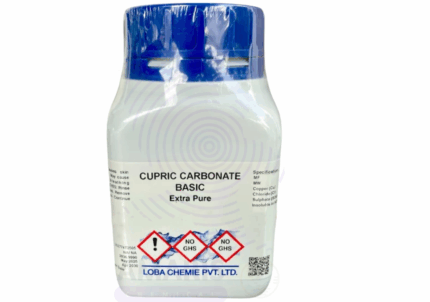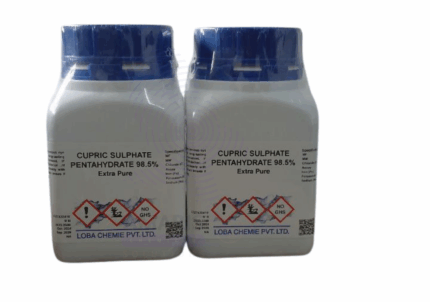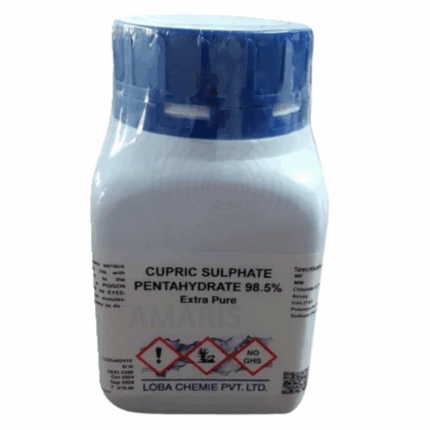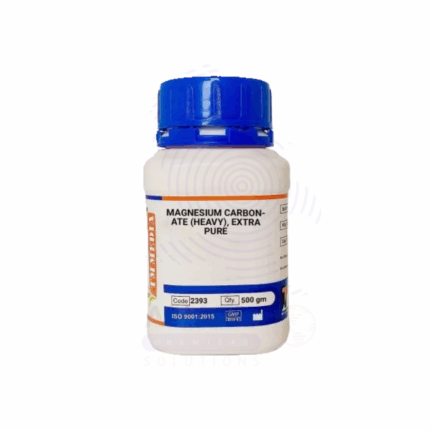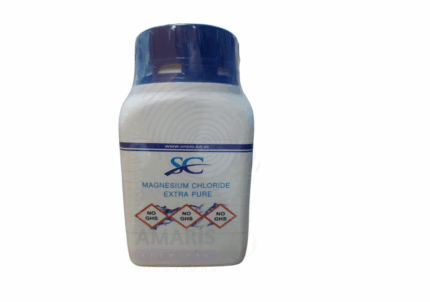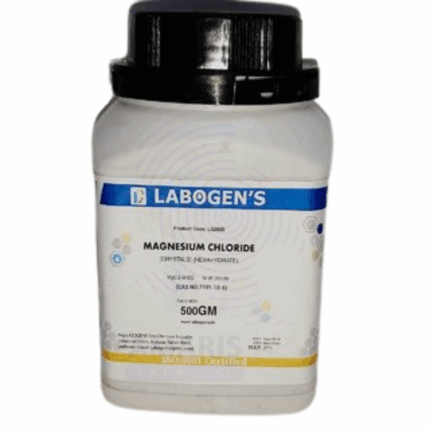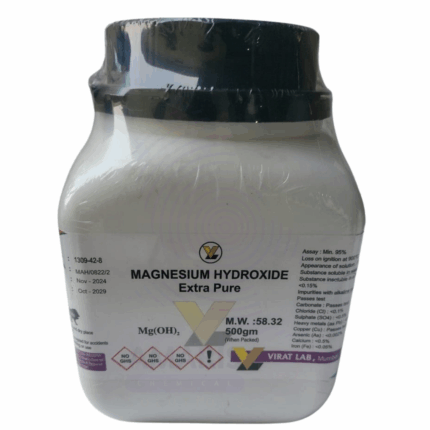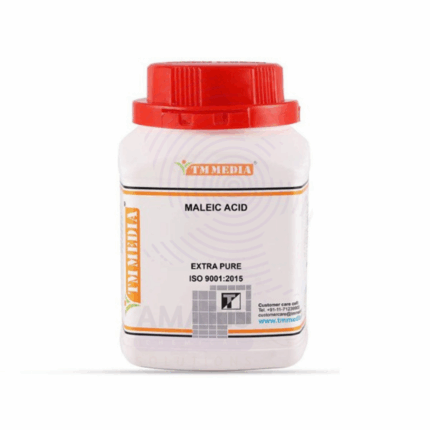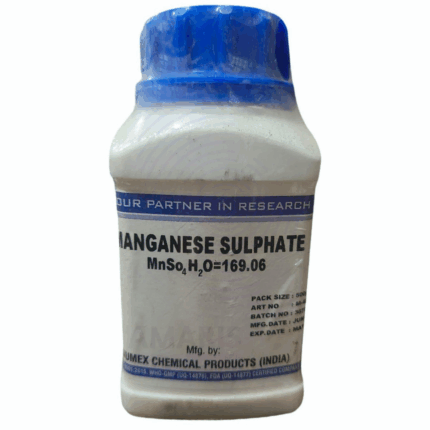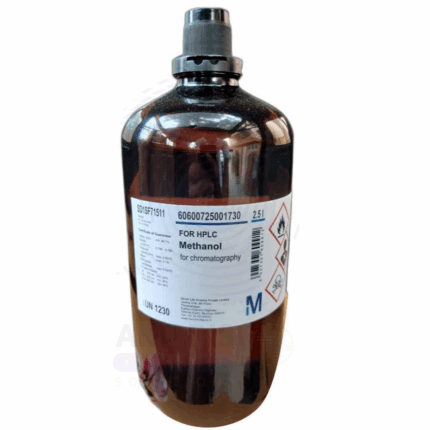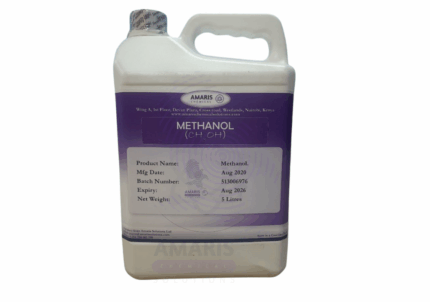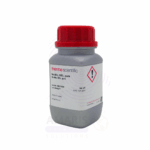
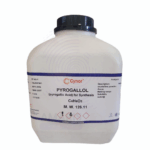
Purple Pigment Extra Pure
$ 18.79 Original price was: $ 18.79.$ 18.67Current price is: $ 18.67.
Purple Pigment Extra Pure is a concentrated liquid pigment formulation providing a rich, vibrant purple color. Used extensively in cosmetics, inks, coatings, and laboratory applications, it offers excellent color stability and intensity. The pigment is supplied as a slurry or liquid concentrate, making it easy to incorporate into various formulations. Proper handling and storage preserve its purity and performance, while safety measures prevent exposure to pigment dust or mist.
Purple Pigment Extra Pure
PRIMARY USES
- Analytical Reagent & Laboratory Applications:
Used as a reference pigment in colorimetric analysis
• Employed in spectroscopic studies for calibration and testing - Cosmetic & Personal Care Industry:
Used as a colorant in cosmetics, including eyeshadows, lipsticks, and nail polishes
• Provides vibrant purple hues in formulations - Printing and Coatings Industry:
Utilized as a pigment in inks, paints, and coatings for coloration purposes
• Enhances color stability and intensity in specialty coatings
SECONDARY USES
- Textile Chemicals:
Applied in dyeing processes for fabric coloration and fastness improvement - Laboratory Chemicals:
Used in research for color-based assays and pigment studies
1. Basic Identification Attributes
- Chemical Name: Purple Pigment 10% (varies by pigment composition)
• CAS Number: Dependent on pigment type (specific number varies)
• HS Code: 3204.19.00 (general category for pigments)
• Molecular Formula: Variable depending on pigment composition
• Synonyms: Synthetic purple pigment, purple dye concentrate
2. Physical & Chemical Properties
- Physical State: Liquid or slurry (10% pigment concentration)
• Color & Odor: Deep purple, characteristic pigment odor if any
• Melting/Boiling Point: Not applicable (pigment in liquid medium)
• Density: Approx. 1.0–1.2 g/cm³ (depending on formulation)
• Solubility:
- Insoluble in water; dispersed in liquid carrier
• pH Level: Neutral to slightly acidic/alkaline depending on formulation
• Vapor Pressure: Not volatile
• Flash Point: Not applicable
• Stability: Stable under normal conditions; sensitive to strong acids or bases
3. Safety & Hazard Attributes
- Hazard Class (GHS Classification):
- May cause skin and eye irritation
- Avoid inhalation of pigment dust or mist
• NFPA Ratings: - Health: 1
- Flammability: 0
- Reactivity: 0
• Exposure Limits: - No specific OSHA PEL or ACGIH TLV established for pigment concentrate
• Reactivity: - Chemically stable under recommended storage conditions
4. Storage & Handling Attributes
- Storage Conditions:
- Store in tightly closed containers
- Keep in a cool, dry, well-ventilated area away from direct sunlight
• Incompatible Materials: - Strong oxidizers or reducers
• Container Type: - Plastic or glass containers suitable for liquid pigments
• Shelf Life: - Typically 1–2 years when stored properly
• Special Handling Requirements: - Use gloves and eye protection
- Avoid breathing vapors or dust from dried pigment
5. Regulatory & Compliance Attributes
- Regulatory Status:
- Complies with cosmetic and industrial pigment regulations depending on use
• Transportation Restrictions: - Not classified as hazardous for transport
• Waste Disposal Method: - Dispose according to local regulations; avoid environmental release
6. Environmental & Health Impact
- Ecotoxicity:
- Low to moderate aquatic toxicity depending on pigment chemistry
• Persistence in Environment: - Pigments may be persistent but generally inert
• Carcinogenicity/Mutagenicity: - Not classified as carcinogenic or mutagenic
• Biodegradability: - Inorganic pigments are not biodegradable; organic components may degrade
SAFETY PRECAUTIONS
Personal Protective Equipment (PPE):
• Wear gloves, safety goggles, and protective clothing when handling
• Use respiratory protection if airborne pigment dust or mist is possible
Handling:
• Avoid inhalation and contact with skin or eyes
• Handle in well-ventilated areas
Storage:
• Store in sealed containers, away from heat and direct sunlight
FIRST AID MEASURES
Inhalation:
• Move to fresh air immediately
• Seek medical attention if irritation or breathing difficulty occurs
Skin Contact:
• Wash affected area with soap and water
• Remove contaminated clothing
• Seek medical attention if irritation develops
Eye Contact:
• Rinse eyes with plenty of water for at least 15 minutes
• Seek medical attention if irritation persists
Ingestion:
• Rinse mouth with water
• Do not induce vomiting unless directed by medical personnel
• Seek medical attention if symptoms occur
FIRE FIGHTING MEASURES
Flammability:
• Non-flammable liquid concentrate
Extinguishing Media:
• Use water spray, foam, dry chemical, or CO₂ extinguisher
Hazardous Combustion Products:
• May emit toxic fumes if burning occurs
Firefighter Protection:
• Use self-contained breathing apparatus and protective clothing


 Preservatives(food)
Preservatives(food) Flavor Enhancers
Flavor Enhancers Acidulants
Acidulants Sweeteners
Sweeteners Antioxidants
Antioxidants Colorants(food)
Colorants(food) Nutraceutical Ingredients (food)
Nutraceutical Ingredients (food) Nutrient Supplements
Nutrient Supplements Emulsifiers
Emulsifiers
 Collectors
Collectors Dust Suppressants
Dust Suppressants Explosives and Blasting Agents
Explosives and Blasting Agents Flocculants and Coagulants
Flocculants and Coagulants Frothers
Frothers Leaching Agents
Leaching Agents pH Modifiers
pH Modifiers Precious Metal Extraction Agents
Precious Metal Extraction Agents
 Antioxidants(plastic)
Antioxidants(plastic) Colorants (Pigments, Dyes)
Colorants (Pigments, Dyes) Fillers and Reinforcements
Fillers and Reinforcements Flame Retardants
Flame Retardants Monomers
Monomers Plasticizers
Plasticizers Polymerization Initiators
Polymerization Initiators Stabilizers (UV, Heat)
Stabilizers (UV, Heat)
 Antifoaming Agents
Antifoaming Agents Chelating Agents
Chelating Agents Coagulants and Flocculants
Coagulants and Flocculants Corrosion Inhibitors
Corrosion Inhibitors Disinfectants and Biocides
Disinfectants and Biocides Oxidizing Agents
Oxidizing Agents pH Adjusters
pH Adjusters Scale Inhibitors( water)
Scale Inhibitors( water)
 Antioxidants(cosmetic)
Antioxidants(cosmetic) Emollients
Emollients Fragrances and Essential Oils
Fragrances and Essential Oils Humectants
Humectants Preservatives
Preservatives Surfactants(cosmetic)
Surfactants(cosmetic) Thickeners
Thickeners UV Filters
UV Filters
 Fertilizers
Fertilizers Soil Conditioners
Soil Conditioners Plant Growth Regulators
Plant Growth Regulators Animal Feed Additives
Animal Feed Additives Biostimulants
Biostimulants Pesticides (Herbicides, Insecticides, Fungicides)
Pesticides (Herbicides, Insecticides, Fungicides)
 Active Pharmaceutical Ingredients (APIs)
Active Pharmaceutical Ingredients (APIs) Excipients
Excipients Solvents(pharmaceutical)
Solvents(pharmaceutical) Antibiotics
Antibiotics Antiseptics and Disinfectants
Antiseptics and Disinfectants Vaccine Adjuvants
Vaccine Adjuvants Nutraceutical Ingredients (pharmaceutical)
Nutraceutical Ingredients (pharmaceutical) Analgesics & Antipyretics
Analgesics & Antipyretics
 Analytical Reagents
Analytical Reagents Solvents(lab)
Solvents(lab) Chromatography Chemicals
Chromatography Chemicals Spectroscopy Reagents
Spectroscopy Reagents microbiology-and-cell-culture-reagents
microbiology-and-cell-culture-reagents Molecular Biology Reagents
Molecular Biology Reagents Biochemical Reagents
Biochemical Reagents Inorganic and Organic Standards
Inorganic and Organic Standards Laboratory Safety Chemicals
Laboratory Safety Chemicals Specialty Laboratory Chemicals(Special Laboratory Equipment)
Specialty Laboratory Chemicals(Special Laboratory Equipment)
 Demulsifiers
Demulsifiers Hydraulic Fracturing Fluids
Hydraulic Fracturing Fluids Scale Inhibitors(oil)
Scale Inhibitors(oil) Surfactants(oil)
Surfactants(oil) Drilling Fluids
Drilling Fluids
 Dyes and Pigments
Dyes and Pigments Bleaching Agents
Bleaching Agents Softening Agents
Softening Agents Finishing Agents
Finishing Agents Antistatic Agents
Antistatic Agents
 Admixtures
Admixtures Waterproofing Agents
Waterproofing Agents Sealants and Adhesives
Sealants and Adhesives Curing Compounds
Curing Compounds Concrete Repair Chemicals
Concrete Repair Chemicals Anti-Corrosion Coatings
Anti-Corrosion Coatings
 Surfactants(cleaning)
Surfactants(cleaning) Builders
Builders Enzymes
Enzymes Solvents (Cleaning)
Solvents (Cleaning) Fragrances
Fragrances
 Electronic Chemicals
Electronic Chemicals Catalysts
Catalysts Lubricants
Lubricants Photographic Chemicals
Photographic Chemicals Refrigerants
Refrigerants Automotive chemicals
Automotive chemicals Pyrotechnic Chemicals
Pyrotechnic Chemicals
 Biodegradable Surfactants
Biodegradable Surfactants Bio-based Solvents
Bio-based Solvents Renewable Polymers
Renewable Polymers Carbon Capture Chemicals
Carbon Capture Chemicals Wastewater Treatment Chemicals
Wastewater Treatment Chemicals
 Pigments
Pigments Solvents(paint)
Solvents(paint) Specialty Coatings
Specialty Coatings Binders/Resins
Binders/Resins Additives
Additives Driers
Driers Anti-Corrosion Agents
Anti-Corrosion Agents Functional Coatings
Functional Coatings Application-Specific Coatings
Application-Specific Coatings
 Fresh Herbs
Fresh Herbs Ground Spices
Ground Spices Whole Spices
Whole Spices Spice Blends
Spice Blends Dried Herbs
Dried Herbs
 Leavening Agents
Leavening Agents Dough Conditioners
Dough Conditioners Flour Treatments
Flour Treatments Fat Replacers
Fat Replacers Decoratives
Decoratives Preservatives(baking)
Preservatives(baking)
 Plasticizers & Softeners
Plasticizers & Softeners Reinforcing Agents
Reinforcing Agents Adhesion Promoters
Adhesion Promoters Vulcanizing Agents
Vulcanizing Agents Antidegradants
Antidegradants Blowing Agents
Blowing Agents Fillers & Extenders
Fillers & Extenders Accelerators & Retarders
Accelerators & Retarders